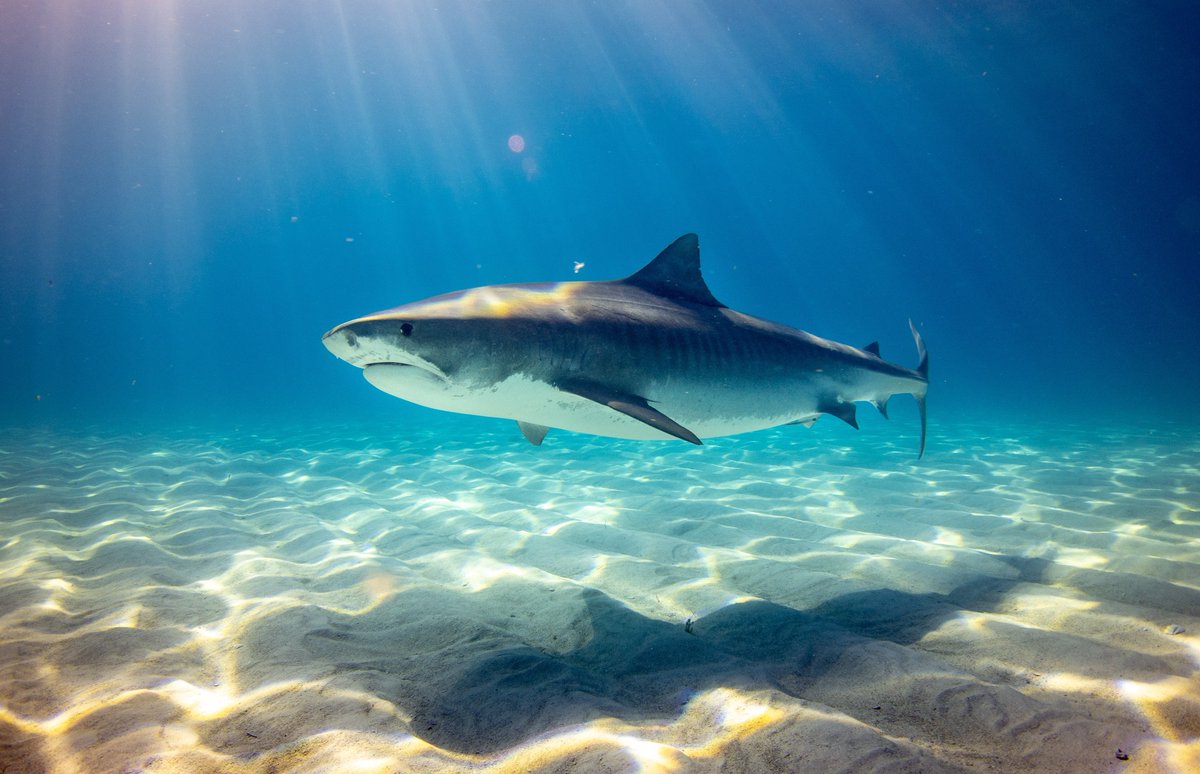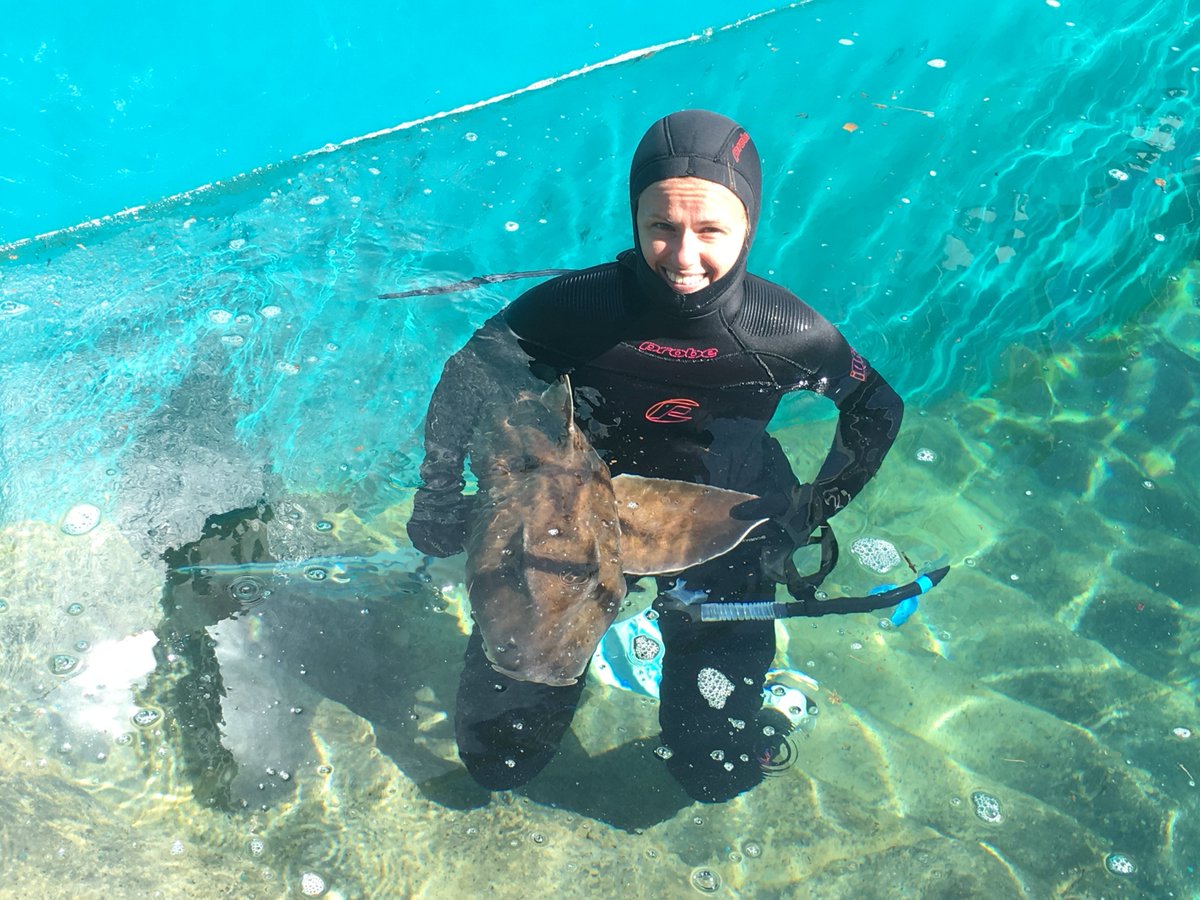
Taronga scientists also manage the Australian #Shark Attack File (ASAF). This long-term database & resource provides valuable insights on incidents and the effectiveness of possible deterrents. #ScienceWeek taronga.org.au/conservation-a….
Research using ASAF data led by Laura Ryan with Taronga’s Dr David Slip, Macquarie University, DPI and UNSW scientists, generated predictive models for #shark attacks in Australian waters based on environmental conditions. . doi.org/10.3354/meps13… 

This paper identified rainfall & sea surface temperature anomaly as key predictors, and is of great value in designing a potential warning system platform that can allow water users to make more informed decisions before entering the water. 

Building on existing #science & long-term collaborations on #shark #ecology, #neurophysiology & development of shark deterrents, Taronga scientists & collaborators also recently published “Predicting potential future reduction in shark bites on people” doi.org/10.1098/rsos.2…
Currently, some electronic deterrents are the only type of personal deterrent shown to reduce the probability of being bitten by a #shark. Predictive models suggest that 185–2118 people could avoid being bitten by sharks across #Australia by 2066 if all people used one. 

Stay tuned for more modelling with #shark electronic deterrent device refinement by our collaborative research.
• • •
Missing some Tweet in this thread? You can try to
force a refresh












